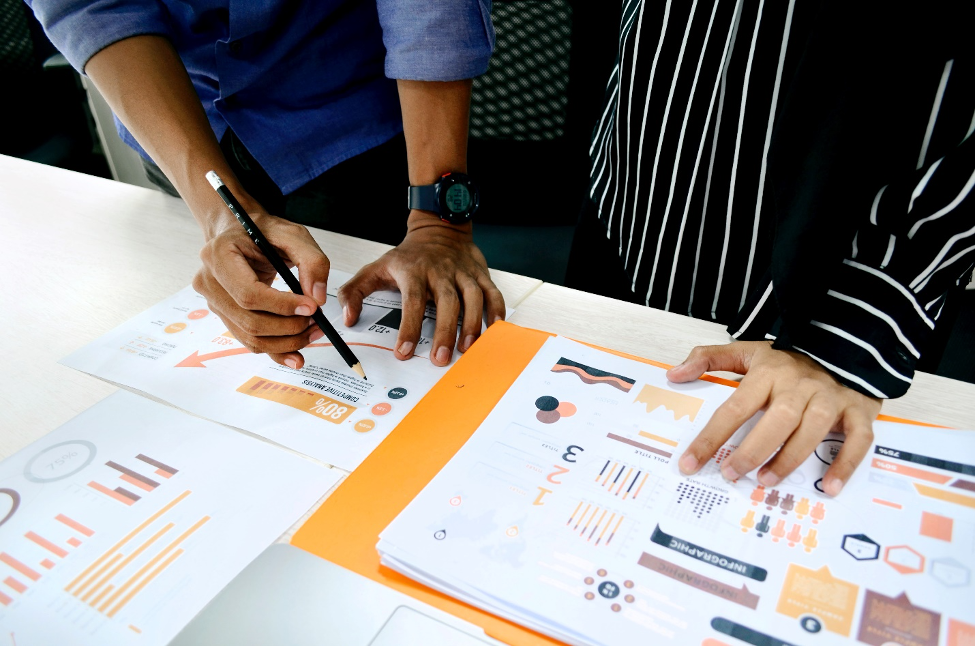In this video Siamack Salari talks about the differences between analysis, interpretation, and sense making in mobile ethnography projects. Siamack is an ethnographer and the founder of EthOS.
Video Transcription:
Analysis, and interpretation of mobile ethnography. Now, first of all analysis, what do I mean by analysis. Analysis is just sorting through what you have. It’s not about sense-making or interpretation. It’s about getting a really good 360 understanding of all the information that’s come through. Now platforms like ours have really amazing tools. You can code. You can filter by tasks. You can filter by participants, you can filter by segments, you can filter by different things people have said by sentiment. All sorts of tools to help you get an understanding of the data that’s come through. So that’s analysis, not to be confused with sense-making or generating meaning. This is where you can end up, if you’re not careful, negotiation with yourself and your own biases about what particular observations or groups of observations mean, which is why it’s so important to include other people in this process. You know, the saying without friction, there’s no traction. It’s really important to get into some juicy problem, row provoking debates, about what things mean and out of these Quite heated debates comes some amazing thinking, and interpretation. So don’t be, don’t be in one of those workshops where you all nod and agree. Provoke and really squeeze as much as you can out of these observations and what they mean potentially. And it’s absolutely fine during the analysis stage if it helps you to take groups of observations and characterize them into one observation or quotes, and create a single inferred quote that sums up a bunch of quotes so that it makes life a little bit easier when you’re trying to sense make. But back to, back to sort of adding meaning, this is not the same as generating actions because that’s the final step is, so you have analysis adding generating understanding and sense-making, and then the adding meaning bit. And this really is the toughest thing, you know, how many of us can hand on heart say here are the actions here is here is our piece of research that we completed. These are the insights and look what the client did with. It might have happened at some point, but unless you make up something it’s really quite hard and I think quite rare to be able to string a whole case study together. So, how do you make sure that your insights your meanings, your sense-making, is applied and turned into something. And here’s a really simple solution. Get the clients to discover these insights. I don’t mean, you don’t do them, you can do them, but keep them under your sleeve in the workshops. Allow clients to take ownership of the sense-making and what particular things mean, because that way nobody can push an Insight faster, more effectively or deeper inside an organization than somebody from within that organization. Okay, that’s the little trick and it is a trick that you can apply during workshops. Yeah, so analysis, just to sum up is not the same as sense-making. It’s about sorting. Sense making and adding meaning is all about understanding what it means. And again, the more heads you have in the room helping you to think through what these things mean, the better and the deeper the rouse that the more intense the better. I’ve been in meetings with General Electric appliances, where two Engineers, I think and a designer fought nose-to-nose, I thought it was going to come to blows over what something meant in an observation, right? Very important. And it led to some very interesting developments. And a third bit is adding meaning in a way that is actionable. Adding actions, creating actions. So, there we have it. Thank you for watching. Thank you for listening.

